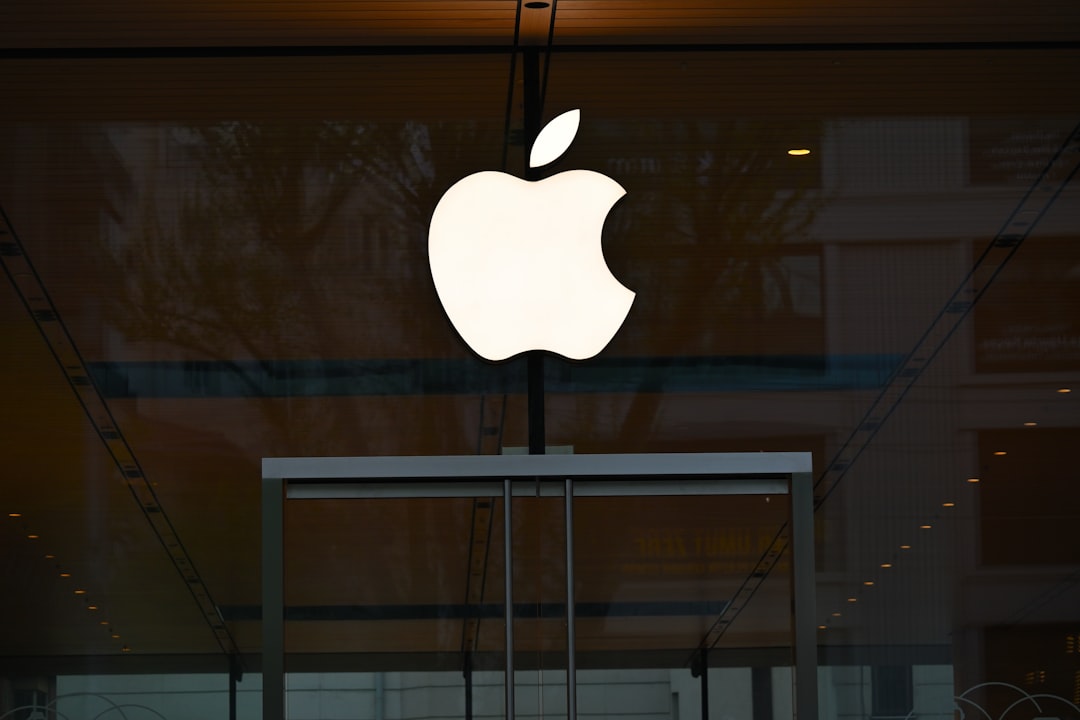What Sparked the ICEBlock Controversy? (image credits: Unsplash)
In the dim light of late-night notifications, an app meant to warn communities about ICE sightings has flickered out of existence on iPhones everywhere.
What Sparked the ICEBlock Controversy?
Imagine an app that turns everyday users into a network of watchdogs, alerting others to potential immigration enforcement nearby. That’s exactly what ICEBlock did, letting people report ICE agent locations within a five-mile radius. Created by Joshua Aaron, it emerged as a response to heightened deportation efforts, drawing from historical fears like those in Nazi Germany.
At first, it flew under the radar, but as downloads surged—especially after media coverage—it caught the eye of federal officials. The app’s real-time sharing feature aimed to protect vulnerable communities, but critics saw it as a direct threat to law enforcement safety.
The Administration’s Fierce Backlash
Acting ICE Director Todd Lyons didn’t hold back, slamming ICEBlock for essentially putting targets on agents’ backs. He pointed to a reported spike in assaults on ICE personnel, linking it to such tools that could tip off suspects. The Trump administration ramped up the heat, with the Department of Justice issuing demands and even legal threats against Apple.
This wasn’t isolated; officials condemned not just the app but coverage from outlets like CNN, which ironically boosted its visibility. The Streisand effect kicked in hard, as more people rushed to download it amid the uproar. For the administration, it was about operational security in a tense immigration climate.
Apple’s Quick Pivot and Removal
Apple acted fast on Thursday, yanking ICEBlock and similar tracking apps from the App Store. The company confirmed the move after direct contact from the Trump team, citing risks to agent safety as a key factor. No public statement delved into free speech concerns, but the decision rippled through tech circles.
This isn’t Apple’s first dance with government pressure—think past battles over encryption or content moderation. Here, the removal highlights how Big Tech navigates federal demands, especially on issues tied to national security and enforcement.
Ripples Through Civil Liberties and Tech Freedom
The takedown has ignited debates on privacy versus public safety. Advocates argue ICEBlock empowered immigrants to know their rights without fear, fostering community resilience. On the flip side, law enforcement insists these apps hinder vital operations and endanger lives.
Questions swirl about where to draw the line for app guidelines. Does alerting to federal presence cross into obstruction? It’s a murky area, blending First Amendment protections with app store policies that prioritize compliance.
How Users and Creators Are Reacting
Joshua Aaron, the app’s developer, has voiced disappointment, seeing his creation as a tool for awareness rather than interference. Social media buzzes with frustration, from users decrying it as censorship to others praising the move for officer protection. Posts on X highlight the irony: government criticism only amplified the app’s reach before its demise.
Some are already scouting alternatives, like web-based trackers or Android versions that dodged the axe so far. The outcry underscores a divide in how Americans view immigration enforcement in the digital age.
Key Events Leading to the Shutdown
To unpack the timeline, here’s a quick rundown of how this unfolded:
- June 2025: ICEBlock launches amid rising deportation concerns.
- Late June: ICE Director publicly blasts the app, citing assault risks.
- July: Media reports, including CNN, spotlight it, sparking DOJ threats.
- October 2-3: Apple removes it following administration pressure.
- Ongoing: Debates erupt over similar apps on other platforms.
Looking Ahead: What This Means for Apps and Enforcement
As the dust settles, this episode signals tighter scrutiny on apps touching sensitive enforcement topics. Tech giants like Apple may face more such squeezes, balancing user trust with regulatory nods. For communities relying on these tools, the loss feels like one more barrier in an already challenging landscape.
In the end, the ICEBlock saga reminds us how intertwined tech, policy, and rights can be—often leaving everyday users caught in the crossfire. Will we see more removals, or pushback that restores these digital sentinels? Only time will tell.
Key Takeaways
- Apple’s removal prioritizes agent safety but sparks free speech worries.
- Government pressure can swiftly reshape app availability.
- Users may turn to alternatives, keeping the conversation alive.






